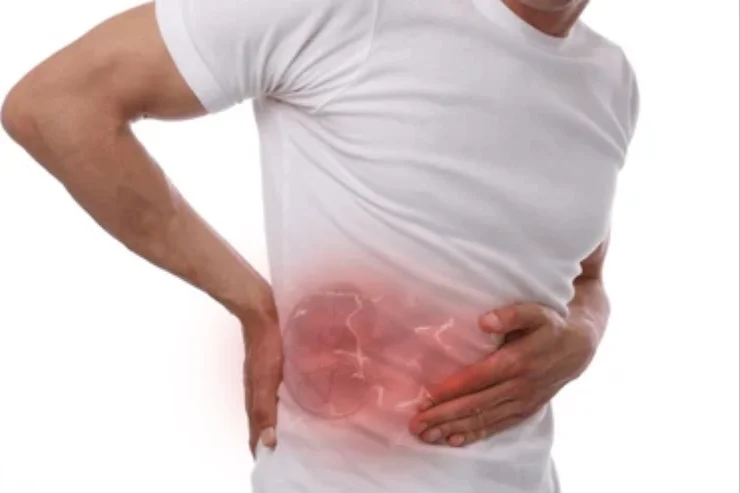Kidney Stones

Best Kidney Stone Hospital in Hanamkonda
Kidney stones, also known as renal calculi, are hard deposits made of minerals and salts that form inside the kidneys. They can vary in size and may be as small as a grain of sand or as large as a golf ball. While some small stones may pass through the urinary tract unnoticed, larger stones can cause severe pain and complications.
Types of Kidney Stones
There are several types of kidney stones, including:
- Calcium Stones: The most common type, primarily consisting of calcium oxalate but can also be made of calcium phosphate.
- Struvite Stones: Often caused by urinary tract infections, these stones can grow quickly and become large.
- Uric Acid Stones: More common in men, these stones form when urine is too acidic, often associated with conditions like gout.
- Cystine Stones: Rare stones that occur in people with a hereditary disorder called cystinuria, where the amino acid cystine leaks through the kidneys into the urine.
Symptoms of Kidney Stones
Symptoms of kidney stones may vary depending on their size and location but often include:
- Severe Pain: Intense pain in the back, side, abdomen, or groin, often described as colicky or sharp.
- Hematuria: Blood in the urine, which may appear pink, red, or brown.
- Frequent Urination: A strong and frequent urge to urinate, often accompanied by pain.
- Nausea and Vomiting: Associated with the severe pain caused by kidney stones.
- Cloudy or Foul-Smelling Urine: Indicating possible infection or concentration.
Causes of Kidney Stones
Kidney stones can form for various reasons, including:
- Dehydration: Inadequate fluid intake can lead to concentrated urine, increasing the chances of stone formation.
- Dietary Factors: High intake of sugar, salt, and oxalate-rich foods (like spinach, nuts) can contribute to stone formation.
- Medical Conditions: Certain conditions, such as hyperparathyroidism, gout, and urinary tract infections, can elevate the risk of kidney stones.
- Family History: A genetic predisposition to kidney stones can increase individual risk.
Diagnosis of Kidney Stones
Diagnosis typically involves:
- Medical History and Physical Examination: A healthcare provider will inquire about symptoms and medical history to assess risk factors.
- Imaging Tests: Ultrasound, X-rays, or CT scans (Computed Tomography) are used to visualize stones and assess their size and location.
- Urinalysis: Testing urine for blood, crystals, and signs of infection to determine the stone’s composition and underlying causes.
Treatment Options for Kidney Stones
Treatment for kidney stones depends on the size and type of stone, as well as the severity of symptoms:
- Small Stones: Often pass naturally; drinking plenty of fluids can aid the process.
- Pain Management: Nonsteroidal anti-inflammatory drugs (NSAIDs) or opioids may be prescribed for pain relief.
- Medications: Alpha-blockers can help relax the muscles in the ureter, facilitating stone passage.
- Extracorporeal Shock Wave Lithotripsy (ESWL): A non-invasive procedure that uses shock waves to break up larger stones into smaller pieces.
- Ureteroscopy: A procedure involving the use of a small scope to remove or break up stones in the urinary tract.
- Percutaneous Nephrolithotomy: A surgical procedure used for larger stones, where the surgeon removes the stone through a small incision in the back.
Prevention of Kidney Stones
Preventive measures include:
- Staying Hydrated: Drinking plenty of fluids, especially water, helps dilute substances in urine.
- Dietary Changes: Reducing salt and animal protein intake and avoiding foods high in oxalate.
- Medications: For individuals with a history of stones, medications may be prescribed to prevent stone formation based on stone type.
When to Seek Medical Attention
If you experience severe pain, blood in your urine, or symptoms of infection (such as fever or chills), seek medical attention promptly. Early intervention can help prevent complications.
Conclusion: Managing Kidney Stones
Kidney stones can be painful and disruptive, but with proper diagnosis, treatment, and preventive strategies, most individuals can effectively manage this condition and reduce the risk of recurrence.
